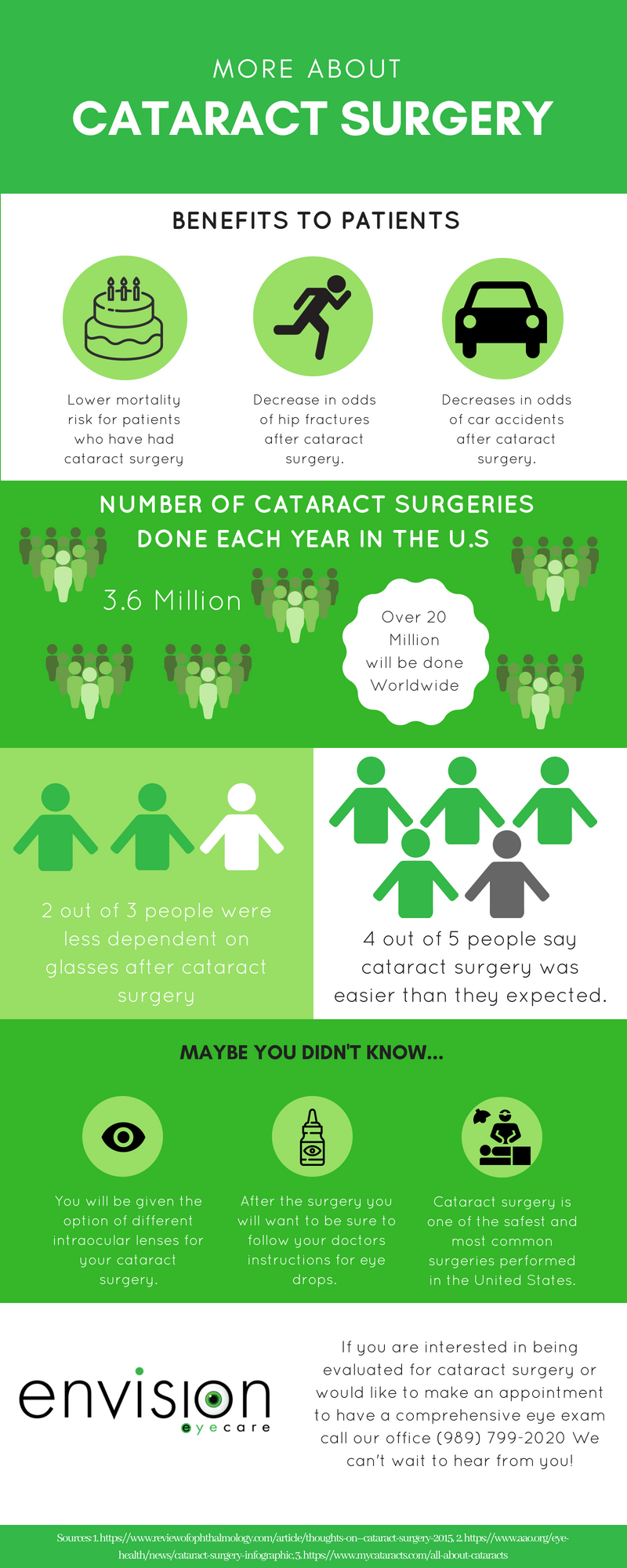The Total Frequently Asked Question On Refractive Lens Exchange: All The Information You Call For
The Total Frequently Asked Question On Refractive Lens Exchange: All The Information You Call For
Blog Article
Post By-Abildtrup Blackwell
If you're thinking about refractive lens exchange, you most likely have a lot of inquiries. This procedure could change how you see the world, offering benefits like lowered reliance on glasses. However, Portland Oregon Niche to recognize the process, threats, and who certifies as a good prospect. Allow's explore these vital elements so you can make an informed decision regarding whether RLE is right for you.
What Is Refractive Lens Exchange and Just How Does It Function?
Refractive lens exchange (RLE) is a surgical procedure created to change your eye's natural lens with an artificial one, correcting vision issues like nearsightedness, farsightedness, or presbyopia.
During the treatment, your surgeon makes a tiny cut in the eye, removes your natural lens, and inserts an intraocular lens (IOL) tailored to your vision needs. This outpatient surgical procedure normally takes around 15 to 30 minutes per eye and is performed under regional anesthetic.
You'll likely discover improvements in your vision almost quickly, though total healing may take a couple of weeks. RLE is particularly advantageous for those over 40 or with high prescriptions, using a durable service compared to glasses or call lenses.
Your eye care specialist can help identify if RLE is right for you.
What Are the Benefits and Risks of Refractive Lens Exchange?
Selecting refractive lens exchange can lead to substantial improvements in your vision, yet it is very important to weigh both the benefits and threats prior to making a decision.
On the plus side, this treatment can enhance your sight by fixing concerns like presbyopia, nearsightedness, and hyperopia. Many patients delight in lowered dependancy on glasses or contact lenses, which can considerably boost their quality of life.
Nevertheless, https://rentry.co/egbw3wg8 to consider possible dangers. Complications can consist of infection, glow, or halos around lights.
There's also a chance of overcorrection or undercorrection, which might need additional treatments.
Who Is a Suitable Candidate for Refractive Lens Exchange?
If you're considering refractive lens exchange, it is necessary to recognize whether you fit the profile of an optimal prospect. Usually, you might be a great prospect if you're over 40, experience presbyopia, or have high degrees of nearsightedness or farsightedness.
It's also essential that your vision is steady, indicating your prescription hasn't altered significantly in the past year. If you have cataracts or various other eye conditions, you may benefit from this treatment too.
Nevertheless, specific factors, like unrestrained diabetic issues or autoimmune diseases, might invalidate you. To determine your candidateship, talk to an eye care professional who can review your particular scenario and advise the most effective strategy customized to your needs.
Conclusion
In conclusion, refractive lens exchange can be a transformative option for improving your vision, particularly if you more than 40 or have a high prescription. While the advantages are substantial, it's critical to consider the threats and consult with your eye treatment expert to figure out if you're a perfect candidate. With the best info and support, you can make an educated decision and potentially delight in a life with reduced reliance on glasses.
